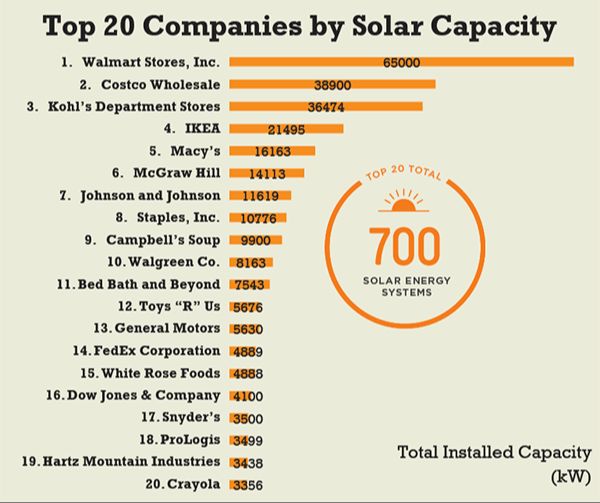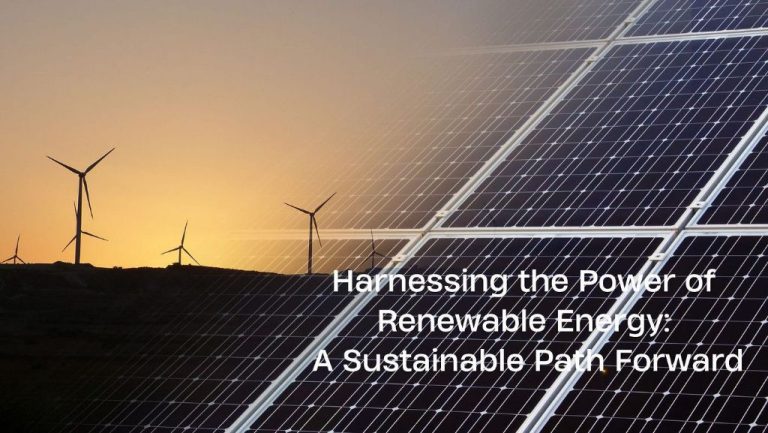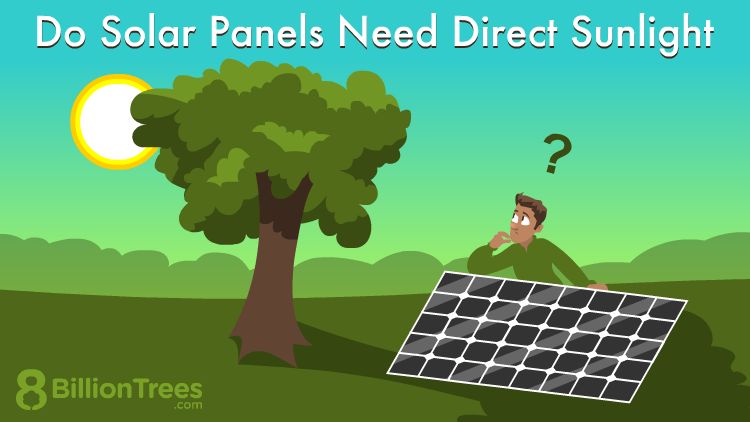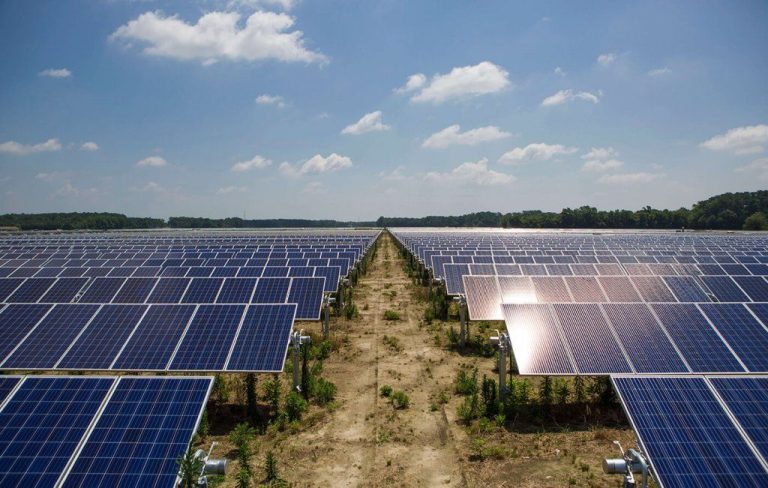Why Does Solar Lights Stop Working?
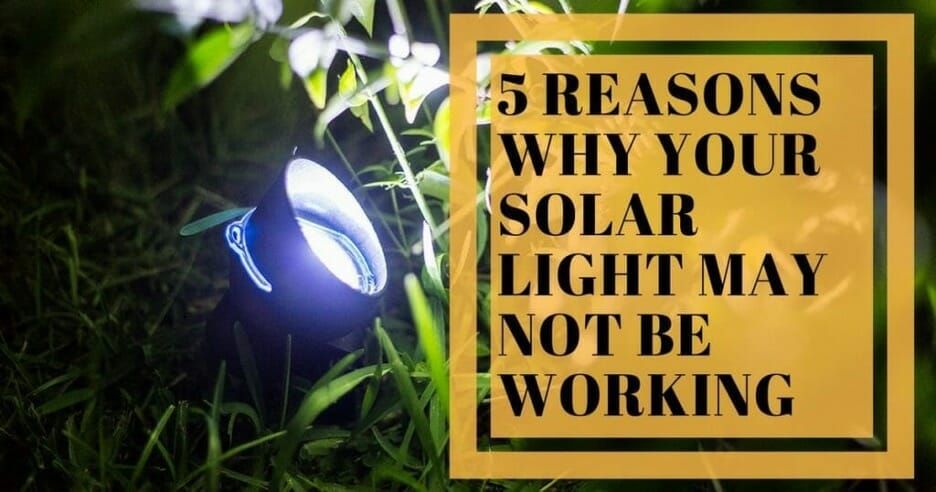
Solar lights are outdoor lighting fixtures powered by built-in solar panels that convert sunlight into electricity to charge internal batteries. The batteries store this energy and power the lights at night or when needed. However, a common problem with solar lights is that over time they can stop working properly and fail to turn on at night.
How Solar Lights Work
Solar lights work by converting sunlight into electricity using solar photovoltaic (PV) panels. The PV panels contain solar cells made up of silicon semiconductors. When sunlight hits these solar cells, the photons from the light knock electrons loose, allowing them to flow freely and produce an electric current. This process is called the photovoltaic effect.
The solar panel is connected to a charge controller, which regulates the electricity produced by the solar panel before it charges the battery. The charge controller protects the battery from overcharging and makes sure the battery is charging efficiently.
Once the battery is fully charged by the solar panel and charge controller, it can then provide electricity to power the lights at night or on cloudy days. The battery stores the electricity produced during daylight hours and discharges it when needed to the light source, which is usually LED bulbs. This allows solar lights to provide illumination at night without being connected to the electrical grid.
So in summary, solar panels convert sunlight into electrical current during the day to charge batteries, which then supply stored electricity to illuminate the LED bulbs at night – all without external electrical input. This is how solar lights are able to function off-grid using just power from the sun. (Source: https://www.solar-eye.com/blog-how-do-solar-lights-work/)
Poor Quality Materials
One of the most common reasons solar lights stop working properly is the use of cheap or poor quality materials, especially in the solar panels and batteries. Many low-cost solar lights use solar panels made from inferior silicon cells or thin films that have low efficiency in converting sunlight to electricity. The solar cells may degrade faster than quality panels, providing less and less energy over time.https://www.highclasslights.com/info-detail/what-qualities-should-every-excellent-solar-lamp-manufacturer-have Similarly, the batteries may not hold a charge well and can lose capacity quickly if they are low quality.
Poor quality control in manufacturing can also lead to defects in solar panels, like cracked cells or faulty electrical connections. This reduces the panel’s ability to charge the batteries. Weak waterproofing can allow moisture inside the panel or lamp housing, corroding components. Using plastic housings or fixtures instead of glass and metal also shortens lifespan in outdoor conditions.
The LED bulbs themselves may burn out faster or become dim if they are not properly rated for outdoor usage and temperature fluctuations. Overall, skimping on materials leads to solar lights that work for a season or two, then degrade at an accelerated pace. Investing in quality components from reputable brands, even at a higher upfront cost, pays off in the long run with solar lights that can last for years of effective nighttime illumination.
Improper Charging
One of the most common reasons for solar lights to stop working properly is improper charging. Solar lights rely on exposure to sunlight to charge their internal batteries. The solar cells on the light absorb the sunlight and convert it into electricity to charge the battery. If the solar panel does not receive enough direct sunlight each day, the battery will not charge fully [1].
For the solar lights to function optimally, the solar panel needs at least 6-8 hours of direct sunlight daily. Solar lights placed in shady areas or areas that do not receive adequate sunshine through the day will not charge properly. Over time, improper charging will drain the battery and cause the solar lights to become dim or stop working completely [2].
To prevent issues with improper charging, it is important to place solar lights in locations that receive direct sun exposure for a good part of the day. The solar panels should be kept clean and clear of debris or dirt that could block the sunlight. Checking the lights occasionally to ensure proper charging will help avoid battery drain and premature failure.
Battery Degradation
One of the main reasons solar lights stop working is due to the degradation of batteries over time. As stated by Truelumens “Mystery Unveiled: Why Solar Garden Lights Don’t Last Long”, solar lights are equipped with rechargeable batteries that store the energy collected during the day. However, as these batteries go through repeated charge and discharge cycles, they start to lose their ability to hold a charge.
According to Les Jardins Solar’s article “Top Five Most Common Reasons Outdoor Solar Lights Stop Working”, over time the electrodes inside the battery corrode, the electrolyte liquid degrades, and the battery’s internal resistance increases. This leads to the battery not being able to store as much energy. Even with proper daytime solar charging, an old degraded battery will be unable to illuminate the solar lights at night.
There are limits to how many times a rechargeable battery can go through charge/discharge cycles before wearing out. According to Havells Sylvania “Why Do Solar Lights Stop Working”, most solar light batteries last 2-3 years with regular usage before needing replacement. Using solar lights in very hot climates can accelerate battery degradation. Proper maintenance and replacing batteries as needed can prolong the working life of solar lights.
Corrosion and Water Damage
Moisture and water can severely damage solar lights in a few ways. Water is an excellent conductor of electricity and can lead to shorts or corrosion on the circuitry or battery terminals, disrupting the flow of electricity. Even small amounts of moisture from humidity in the air can cause corrosion over time. Direct water exposure from rain, sprinklers, or being placed in wet areas can immediately damage the internal components.
Moisture causes oxidation on metal electrical contacts and connectors, leading to increased resistance and reduced conductivity. This corrosion buildup inhibits the flow of electricity through the circuits and can completely break electrical connections. Furthermore, water can short out or corrode solder points and ruin circuit boards. Batteries and solar panels are also susceptible to water damage. The panels may crack or peel, while batteries can drain faster when exposed to moisture. Preventing water intrusion and avoiding placement in chronically wet areas are key to maximizing the lifespan of solar lights.
Physical Damage
Physical damage from impacts, dropping, or mishandling can cause solar lights to stop working properly. Cracking, scratching, or breaking the solar panel cover or other components can reduce performance.
The solar cells inside the panel are fragile and can crack if the outer cover is damaged, reducing power output. Scratches and debris on the solar cover also block sunlight from reaching the solar cells. Damaged wires, connections or LED bulbs due to impacts can cause complete failure.
According to Simple Lighting, physical damage is one of the main reasons solar lights stop working properly. Lower quality lights with thinner plastic covers are more prone to cracking. High quality lights often have durable tempered glass covers and sturdier internal components.
To prevent physical damage, install solar lights in protected areas away from playgrounds or traffic. Handle gently when installing or moving. Choose lights rated for durability and impact resistance. Inspect periodically for cracks or scratches, and replace damaged covers or panels.
Short Circuits
A short circuit occurs when the positive and negative wires inside the solar light come into contact, creating an abnormal connection. This causes electricity to flow straight from the positive to the negative wire, bypassing the LED bulbs and other components. Short circuits can be caused by frayed wiring, loose connections, moisture damage, or physical impacts that expose the wires and allow them to touch.
When a short circuit occurs, it creates a path of very low resistance for electricity to flow across. This means the solar panel’s electricity will take the path of least resistance – the short circuit – rather than powering the lights. A short can quickly drain the battery by allowing all its stored power to discharge at once along the shorted wires. This excessive current flow can also overheat components and cause permanent damage. In some cases, the battery may discharge so rapidly along the short that the solar lights will immediately stop working.
To prevent short circuits, it is important to inspect solar light wiring periodically and watch for exposed copper that could allow positive and negative wires to make contact. Any loose connections should be repaired and damaged wires replaced. Keeping wiring away from moisture is also key. If shorts are repaired quickly before excessive drainage occurs, the solar lights can often be restored to normal function.
Source: https://woodworking.astrosteve.com/2019/02/06/repair-and-maintain-your-solar-led-garden-lights/
Improper Maintenance
Solar lights require regular maintenance and cleaning to function optimally. Dust, dirt, and debris can build up on the solar panels, blocking sunlight from reaching the solar cells and reducing power generation. Tree/plant overgrowth and other objects can also shade the solar panel. According to Install It Direct, solar lights should be cleaned at least once per month in low debris environments, and more often if trees or plants are nearby [1].
In addition to cleaning the solar panels, the batteries, LED lights, and casings should also be inspected. Cracked solar panels, loose wiring, and broken seals/cracks on the light housing can lead to device failure and should be repaired/replaced. Routine checks help spot issues early before they worsen. Proper maintenance also involves testing the lights periodically to ensure they turn on at dusk, stay lit throughout the night, and turn off at dawn as intended.
Lack of cleaning and basic upkeep checks are a major reason why solar lights stop functioning optimally over time. Regular maintenance helps solar lights operate at peak efficiency and extends their usable lifespan.
Conclusion
In summary, there are several key reasons why solar lights may stop working over time, including poor quality materials, inadequate charging, battery degradation, corrosion damage, physical damage, short circuits, and improper maintenance. To prevent solar light failure, it’s important to invest in lights made with durable components, ensure they receive sufficient direct sunlight to charge, replace batteries periodically, protect them from moisture, avoid damage, inspect electrical connections, and perform regular cleaning and upkeep. With proper solar light selection, installation, and care, they can provide many years of outdoor illumination.

